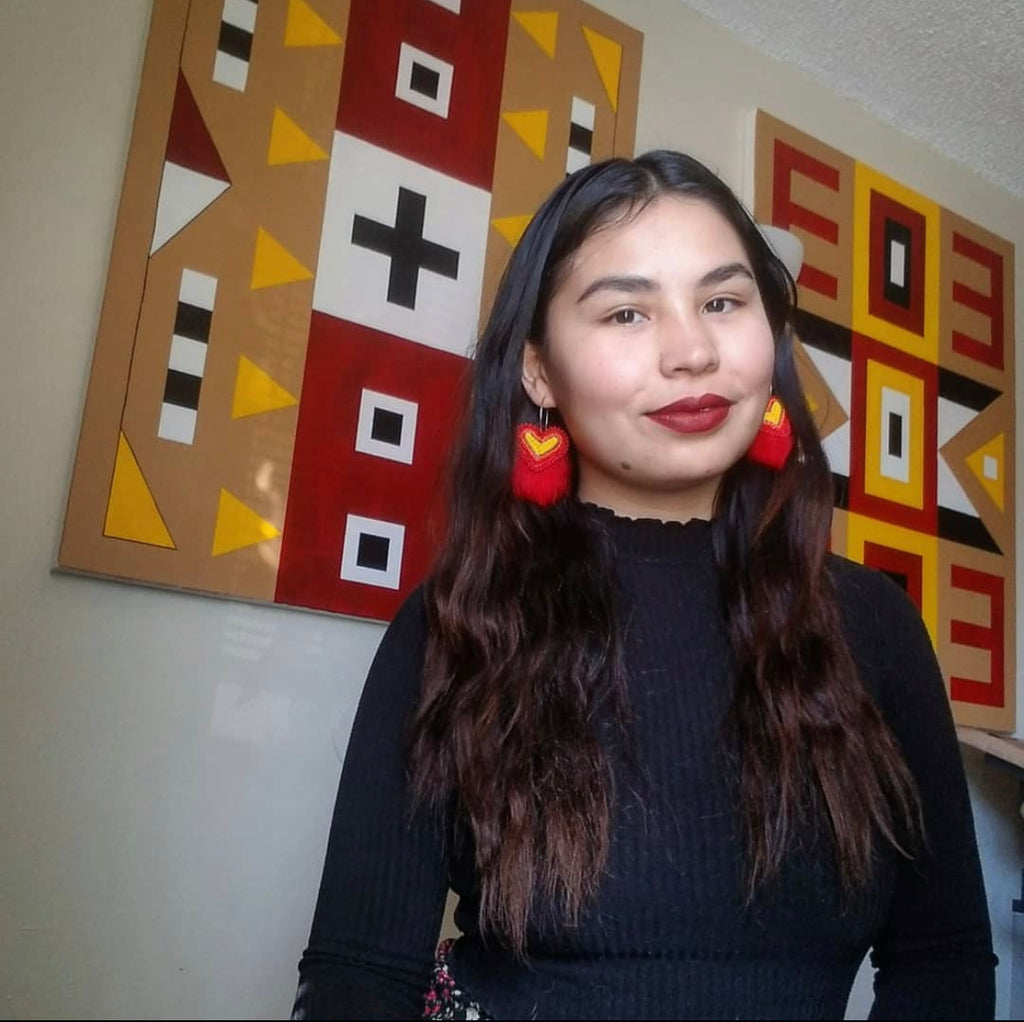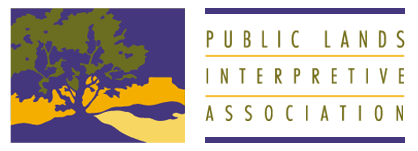Articles
Interviewing Artist Marissa Irizarry—El Malpais Community Art Program
2 years ago

Marissa Irizarry is from Fort Peck Assiniboine and Sioux Reservation in Montana. She started creating art when she was 11 but began seriously pursuing a career in the field when she began working as a portrait artist at 17. Marissa continued this work until she met Grace Wangombe, her art teacher as a high school senior. Grace saw potential in Marissa's talent and wanted to see it grow; Marissa states that Grace was an amazing teacher that encouraged her to try working in every medium possible, from painting to sculpting, to sketching, wondering what she could accomplish. Grace helped Marissa realize that she could be an incredible artist when Marissa herself did not realize this. “Grace gave me the courage.” she said.
Marissa went on to study at Fort Peck Community College, where she was advised to apply at Institute of American Indian Arts in Santa Fe, New Mexico. When accepted to their program, she excitedly moved to Santa Fe in 2019 to continue pursuing her painting and continued arts education.
When she first saw Santa Fe, Marissa says she thought it was the most beautiful city, appreciating how it embraces art and culture, how the city values its Native artists, as well as the Native representation at museums and galleries around the state. When Marissa is able to feed her love for travel, she loves looking for Native representation in art museums, aiding research for her bead work and providing inspiration as well.
While at Institute of American Indian Art, Marissa was inspired by the late Jeff Kahm, who was one of her professors; he specialized in flat geometric abstract painting, a style Mr. Kahm called “Native Abstract.” Marissa paints in a geometric abstract style inspired by Kahm, as seen in her artwork at El Malpais National Conservation Area, which Marissa infused with symbolic imagery of vegetation and geometric abstraction.
In describing her work for the El Malpais Community Art program, Marissa said:
I created 4 types of carrying pouches made from handsewn leather: medicine pouch, pipe bag, knife/sheath, and awl/sheath. The pouches are traditional containers used for gathering herbs, and they each have beadwork of local foliage to resemble our responsibility of protecting the natural world. Accompanied with the 4 pouches are 4 geometric paintings with motifs of native shrubs such as the Sand Sage, Rabbit Brush, Skunk Brush, and Apache Plume. The paintings resemble the evolution of their seedling to blooming cycle and each bush can be found at the El Malpais National Conservation Area Ranger Station. Land stewardship means protecting the environment and not disturbing it with carelessness. I practice thoughtfulness by not overharvesting while the desert flora is seeding and pulling roots if it is not necessary. The artwork I create is deeply rooted in my Dakota culture and my relationship to herbal medicines by observing the natural world through a geometric abstract lens.

Mąká Hú (Skunk Brush) Marissa Irizarry 2022
Marissa’s work was also inspired by her mother-in-law, Gil Aitkens. Gil taught her how to bead when she was 21, and Marissa has been practicing for the 4 years since. Her growth in jewelry creation and beading is evident in the beautiful artwork she has created for the show. Marissa also gives credit to her sister, Tiffany Irizarry—who is also an artist— calling her “my best critic.” Along with museums, Marissa is drawn to the antique stores in Albuquerque, New Mexico as well, noting that she finds lots of beadwork at these stores that she uses as inspiration. 
Makhá Umane (Medicine Pouch) Marissa Irizarry 2022
When she first moved to New Mexico, Marissa says she felt displaced; up to that point, she had only known living on the Fort Peck Assiniboine and Sioux Reservation, so she looked at these beautiful objects to feel more at home. Some of Marissa's favorite things she grew to love about New Mexico are the plants, terrain, climate, the mountains, and plants like the yucca, cactus, and cedar. She also says New Mexico summers are like the summers in Montana, at the Makarska Badlands. “It feels like home,” she said.
Marissa passionately stated that she creates art “because it is my purpose in life. Painting has always given me strength and courage. Painting is medicine, and I hope to share that through my art. I enjoy researching native plants and understanding their uses and properties. This process helps to inform both my beadwork and painting so I can tell the story of these plants and their lifecycles.”
In the future Marissa sees herself continuing to grow her jewelry business by showing her work on Instagram.
You can find more of Marissa’s work at: Instagram, Facebook, and her website.
Some of Marissa’s work belongs to the collections of the Institute of American Indian Arts and Museum of Contemporary Native Art, but neither are currently showing.
Marissa Irizarry's art was chosen for the first El Malpais Community Art Program and can be seen at the Ranger Station at El Malpais National Conservation Area Ranger Station throughout 2023.
El Malpais National Conservation Area is located 80 miles west of Albuquerque and just south of Grants, New Mexico. The Bureau of Land Management Ranger Station is located 9 miles south of I-40 Exit 89 on NM Highway 117. El Malpais Ranger Station is open Friday, Saturday, and Sunday from 8:30 a.m. to 4:30 p.m.

0 comments